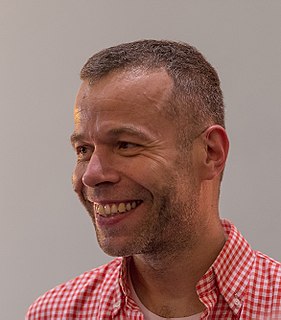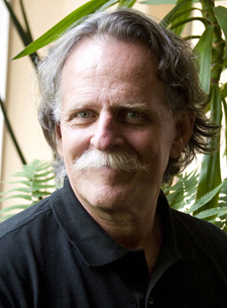This article has multiple issues. Please help improve it or discuss these issues on the talk page . (Learn how and when to remove these template messages)
|
Chilala Moco (born 8 May 1977 in Caála, Huambo Province) is an Angolan photographer [1] and the oldest son of former Angolan Prime Minister Marcolino Moco.[ verification needed ]

Caála is a town located 23 km west of the city of Huambo, in the namesake province in Angola. It was known as Vila Robert Williams while Angola was a Portuguese colony, after the famous railroad developer and mining magnate, Sir Robert Williams. The town's last known population count was 259,483.

Huambo is a province of Angola. With an area of 34,270 km2, it is one of the geographically smaller provinces, situated in the Central Region approximately 450 km south east of the capital, Luanda.

Angola, officially the Republic of Angola, is a west-coast country of south-central Africa. It is the seventh-largest country in Africa, bordered by Namibia to the south, the Democratic Republic of the Congo to the north, Zambia to the east, and the Atlantic Ocean to the west. Angola has an exclave province, the province of Cabinda that borders the Republic of the Congo and the Democratic Republic of the Congo. The capital and largest city of Angola is Luanda.
In 1995 he moved to Portugal, where he lived and studied International Relations, at the Instituto Superior de Ciências Sociais e Políticas (ISCSP). At the end of the third year, Chilala chose instead to study photography. In 2003 he enrolled in photography studies, at Escola Técnica de Imagem e Comunicação (ETIC).

Portugal, officially the Portuguese Republic, is a country located mostly on the Iberian Peninsula in southwestern Europe. It is the westernmost sovereign state of mainland Europe. It is bordered to the west and south by the Atlantic Ocean and to the north and east by Spain. Its territory also includes the Atlantic archipelagos of the Azores and Madeira, both autonomous regions with their own regional governments.
Based in Luanda, Angola, Chilala Moco worked for five years as freelancer photographer, collaborating with magazines such as glamorous Caras Angola. Some of his art work was shown at Trienal de Luanda 2006,[ verification needed ] and bought by some Angolan collectors. His photographs have been published in some prestigious books related to Angola. Curiously, Chilala Moco signs his assignment photographs as Carlos Moco, apart from his artistic work.
Moco is now a full-time photography editor for the Angolan newspaper O PAIS, as well as for its associate publications at Grupo Medianova.
In 2009 Moco shared with Rogerio Tutty (Jornal de Angola Photographer) the Angolan national award of photojournalism,[ verification needed ] and was also nominated for a corporate award (Maboque Awards on Journalism) on the same category.
Alongside selected Angolan artists, Chilala Moco was invited by Fundação Sindika Dokolo, an African art foundation, to present his artistic work at Bienal de Bordeaux, France (Evento 2009). [2] [3]
He participated in the jury for the photography context BESA Photo 2009, organized by the World Press Photo and Banco BESA (an Angolan/Portuguese financial institution).







